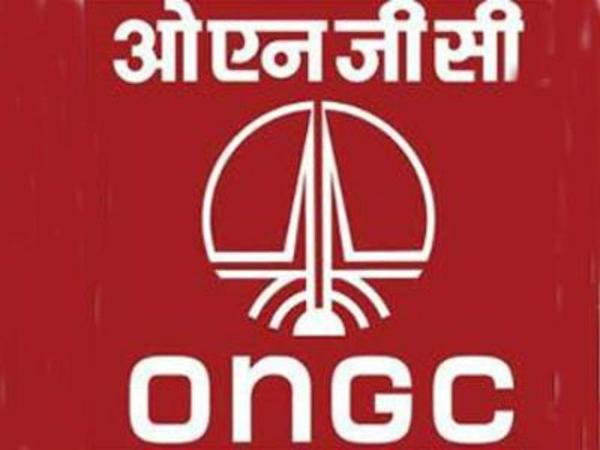The petroleum ministry has informed ONGC, Indian Multinational Crude Oil and Gas Corporation, to sell its stake in producing oil fields such as to Ratna R-Series to private firms, bring foreign partners in KG basin gas fields, monetise the already having infrastructure, and hive-off drilling and other services into a different and separate firm to raise production.
On April 1, Amar Nath, additional secretary (exploration) in the Ministry of Petroleum and Natural Gas, wrote to Oil and Natural Gas Corporation (ONGC) Chairman and Managing Director Subhash Kumar a seven-pointers action plan, ‘ONGC Way Forward’ that would help the firm raise oil and gas production by one-third by 2023-24.
As per the action plan, ONGC shall consider the sale of a stake in maturing fields like Panna-Mukta and Ratna and R-Series in western offshore and onshore fields like Gandhar in Gujarat to private firms while either divesting or privatising ‘non-performing marginal fields.
The action plan calls out ONGC to get global players in gas-rich block KG-DWN-98/2 where output is likely to rise sharply by next year, and in the recently brought into production Ashokenagar block in West Bengal. It is also identified for the Deendayal block, in the KG basin, that the firm had bought from Gujarat government firm GSPC a couple of years back.
The ministry wants the company to venture into creating segregated entities for drilling, well services, logging, workover services and data processing entities.
To privatise its oil and gas fields under the Modi government, the oil ministry attempts to get private players in ONGC for privatising its oil and gas fields.
In October 2017, the Directorate General of Hydrocarbons, the ministry’s technical arm, jotted down 15 producing fields with a total reserve of 791.2 million tonnes of crude oil and 333.46 billion cubic metres of gas, to hand over to private players in the hope that they will improve upon the baseline estimate and its extraction.
In 2018, as many as 149 small and marginal fields of ONGC were chalked out for private and foreign companies on the basis that the state-owned firm shall concentrate on big ones only.
The first plan couldn’t be succeeded because ONGC opposed it, sources aware of the matter told PTI.
On February 19, 2019, decided on the second plan, to bid out 64 marginal fields of ONGC, which was sent to them. But, that tender got a cold response. It was said that ONGC was allowed to retain 49 fields on a condition of monitoring performance for the next three years.
April 1, 2021, The ministry note said two years have gone by since the Cabinet decision and non-performing fields identified for divestment and privatisation.
The ministry suggested market-friendly bid terms, such as lower royalty rates and complete marketing and pricing freedom.
For medium-sized producing fields, as per the action plan ONGC has to identify maturing fields such as Panna-Mukta, Ratna and R-Series in western offshore and Gandhar in Gujarat as well as fields such as Daman in western offshore which has development plans coming in days, for the stake sale.
The ministry wants ONGC to lay out developing new business models for monetisation of stranded assets/discoveries such as design, finance, built and operation. It also asked ONGC to come up with annuity and securitisation based models for development. Fields such as GK-28/42 and all other non monetised discoveries, either individually or as a bouquet, are carved out for the purpose as per the document shown.
The Ministry also wants ONGC to reduce dependence on the import of crude oil and gas. For this, the ministry aims to set up the domestic production target of 40 million tonnes of crude oil and 50 billion cubic metres (bcm) of natural gas by 2023-24. A large chunk of the target of domestic production for 2023-24 is expected to come from ONGC. They are required to contribute 70 per cent of the domestic production (28 million tonnes of oil and 35 bcm of gas by 2023-24).
The notice says that the contributing share of ONGC in the oil and gas consumption of the country is decreasing constantly, owing to stagnant production or decreasing for a long time. Consequently, the import dependency is increasing.

